
Forest types of mushrooms collection, edible and nonedible boletus in retro sketch vector style
Toxins. The difference between edible and non-edible mushrooms is the toxins that are present in the non-edible or poisonous mushrooms. The fungi produce these toxins naturally, and the toxins that are present in a poisonous mushroom cannot be removed or made non-toxic by any process, including freezing, cooking, canning or any other process.
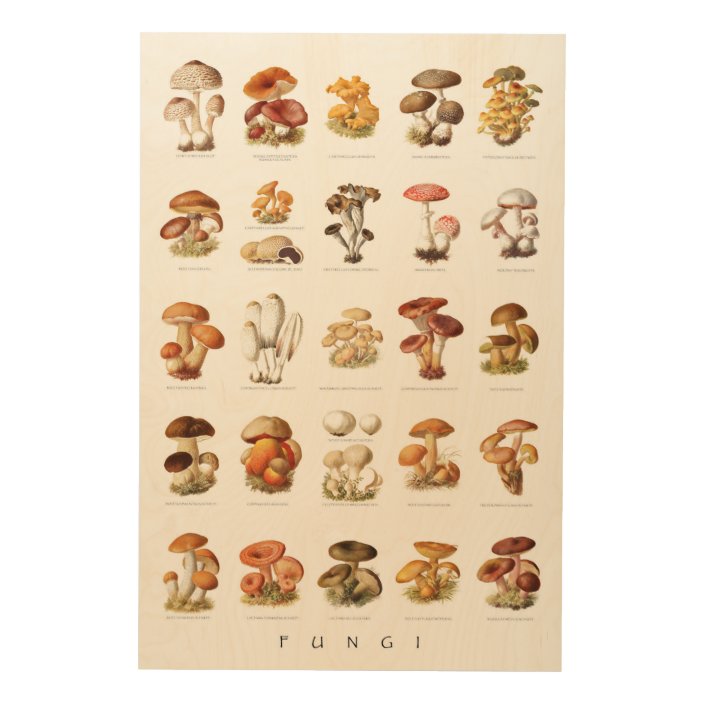
Vintage illustration edible nonedible mushrooms wood wall art
Give your child an edible and non-edible object, then…. Use verbal reinforcement when your child eats the edible objects. Discourage your child from eating the non-edible items by frowning and taking them away. Observe your child throughout the day. Continually use the above procedure until he is able to distinguish between edible and non.

PPT Let’s sort these items! PowerPoint Presentation, free download ID2745745
non-edible definition: 1. not intended for eating or not safe to eat: 2. not intended for eating or not safe to eat: . Learn more.
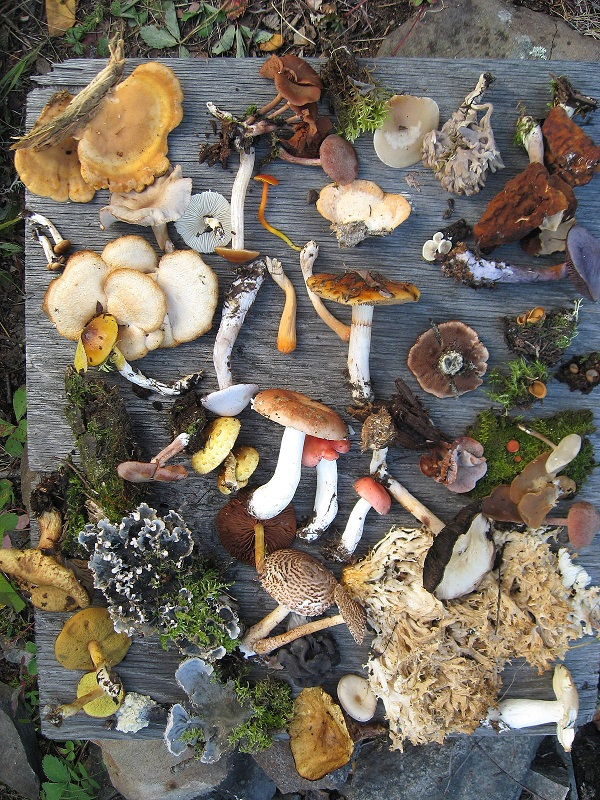
Edible and NonEdible Fungi Natural History Society of Maryland
Common ingredients in edible glitter or dust include sugar, acacia (gum arabic), maltodextrin, cornstarch, and color additives specifically approved for food use, including mica-based pearlescent.

Know Your Berries Edible and NonEdible Berries SHTFPreparedness
1. Choose mushrooms without white gills. Look for mushrooms with gills that are brown or tan. While some mushrooms with white gills are edible, the most deadly and poisonous mushroom family—Amanitas—nearly always have white gills. [1] 2. Select mushrooms without red on the cap or stem.

What are edible foods? with Examples Teachoo Concepts
Seek to identify at least the genus of the mushroom you have found. Identification keys include the stem, a spore print, what the mushroom is growing on, and the structure of the stem base, which.

What is the difference between edible and non edible part of a plant? Brainly.in
Types of Non-Edible Mushrooms. Mushrooms are a type of fungi that can be found in many different habitats. While some mushrooms are edible and can be enjoyed as part of a meal, there are also several types of non-edible mushrooms that should not be consumed. These include poisonous, inedible, and hallucinogenic varieties.
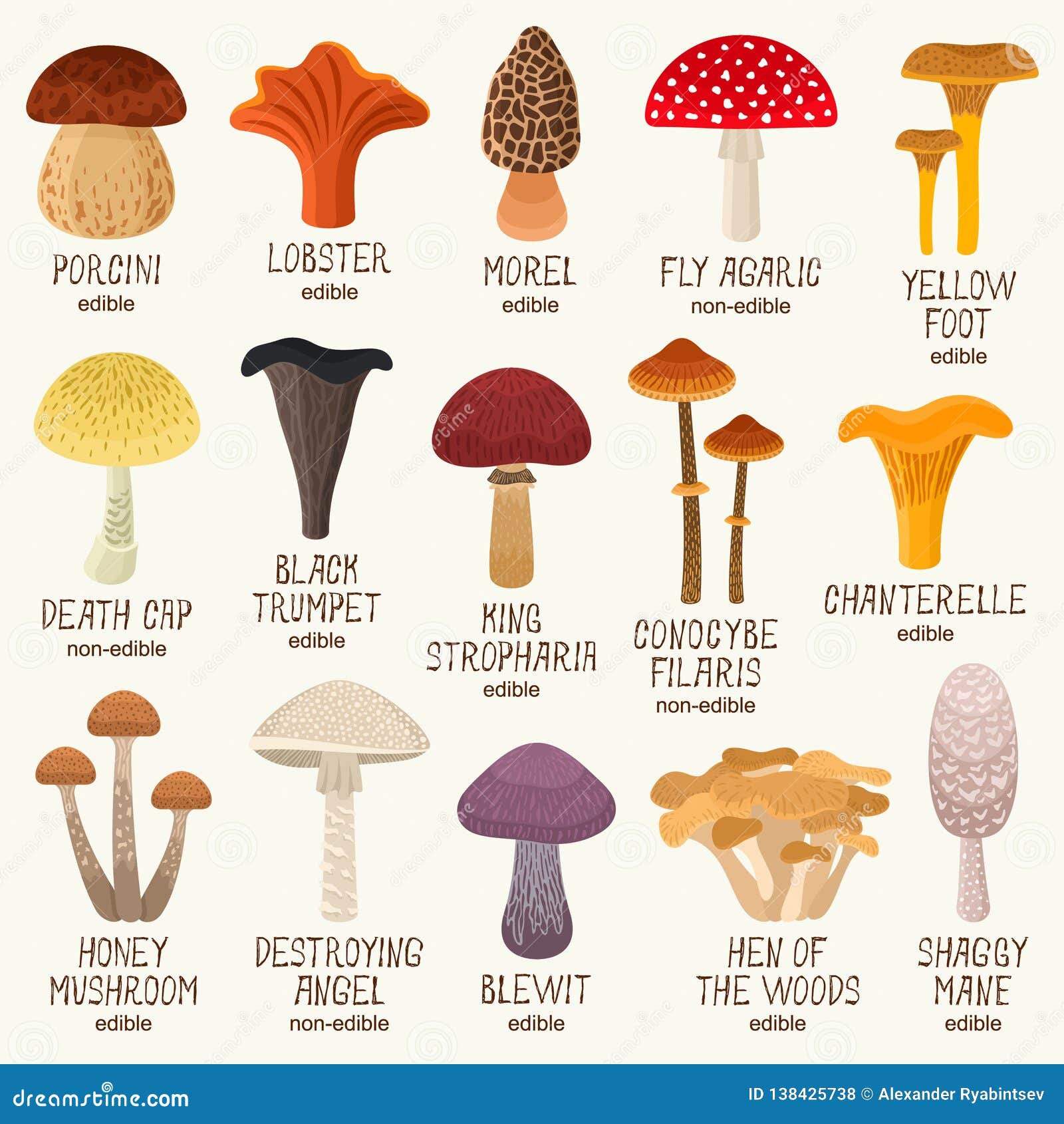
Edible and Nonedible Mushrooms Vector Set Stock Vector Illustration of cartoon, ingredient
Non-edible crops can be planted in many parts of the world, especially wastelands to reduce deforestation rate and competition for food. Moreover, they are efficient and environmentally friendly. The main source for biodiesel production from non-edible oils are jatropha seed/kernel, karanja seed/kernel, rubber seed, rice bran, mahua seed.

Differences between edible oil and nonedible oil. Download Scientific Diagram
The non-edible lignocellulose biomass mainly includes agricultural or industrial by-products such as cereal straw, sugar cane bagasse, forestry crops (poplar, willow, and eucalyptus), corn stover, rice husk, wheat straw, grasses including switch, miscanthus, big bluestem, and altaiwildrye, alfalfa, reed canary, and yellow sweet clover), and.
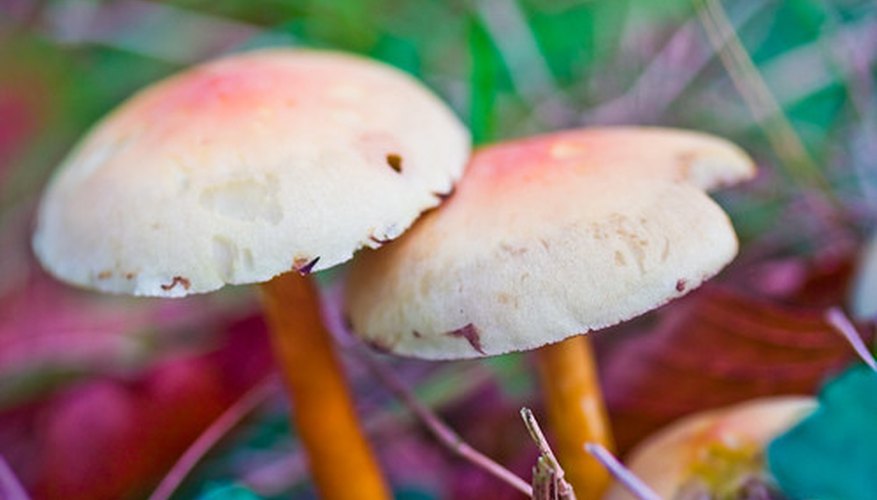
What Is the Difference Between Edible & NonEdible Mushrooms? Garden Guides
5. Cremini: Creminis belong to the AgaricusBisporus family, just like the white button mushrooms, and are one of the best types of mushrooms people love to eat. Characteristics: Like the white button mushrooms, the Cremini mushrooms are also small to medium in size, with a cap extending downwards as a short stem.

Edible vs Non Edible Mushrooms Delicious or Deadly Let Garden
Edible oils are mainly used for direct human consumption as food intake. Non-edible oils have industrial usages such as fuel and biofuel, or in producing soap, detergent, paint, etc. Edible oils contain various nutritional elements and thus are healthy and hygienic. Non-edible oils may not necessarily be healthy and hygienic.

Edible and nonedible plants! by andreabrandi Infogram
non-edible means things you cannot eat. Lead the students in brainstorming examples that fit into these categories and write them on the chart. Show students the pictures of the edible and non-edible objects, ask them to identify the objects and if it is edible or non-edible and paste the picture in the correct category. Read a Book

ALOE VERA Edible Vs Non Edible The Benefits And Use YouTube
Citation: Ukwuru MU, Muritala A, Eze LU (2018) Edible and Non-Edible Wild Mushrooms: Nutrition, Toxicity and Strategies for Recognition. J Clin Nutr Metab 2:2. Abstract. Mushrooms can be found extensively in a variety of natural environments and visual identification of mushroom species is well established. Some mushrooms are known because of.
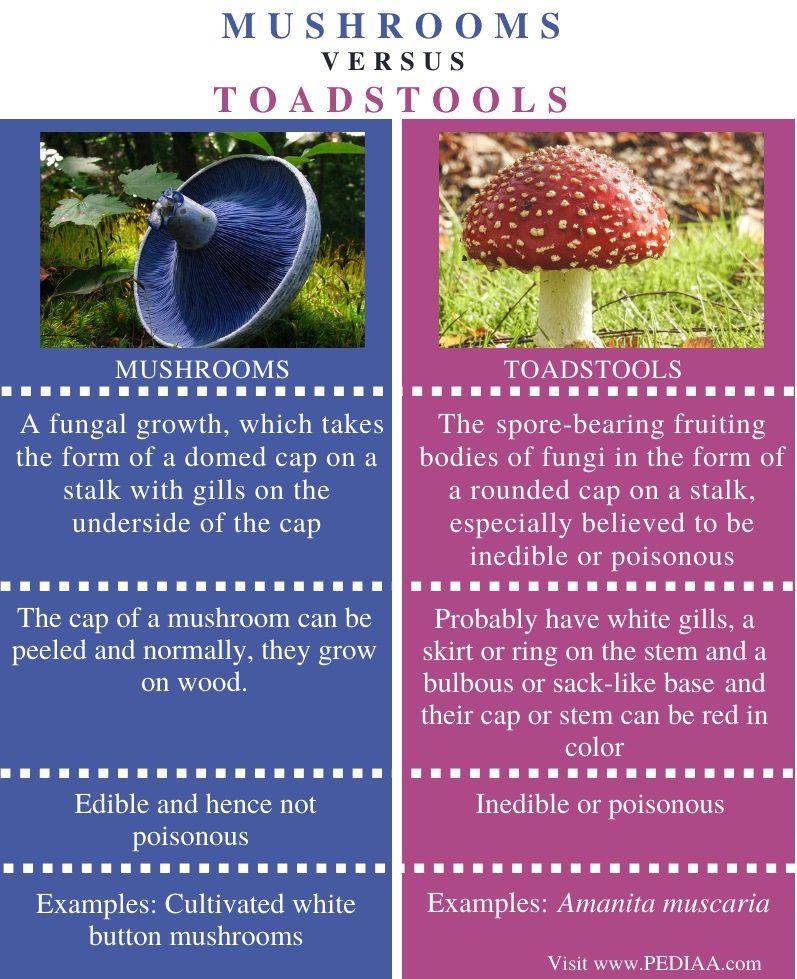
What is the Difference Between Mushrooms and Toadstools
Non-Edible Mushrooms. Death Cap; The name of this mushroom should warn you that it's bad news - and it is. The Death Cap, Amanita phalloides, is one of the most poisonous known fungi; half a mushroom is enough to kill an adult. The toxins they contain are temperature-stable, so can't be destroyed by cooking, and are also dangerous if.

Edible vs. Non Edible Growing Minds Edible, How to plan, Lesson plans
Differences between edible and poisonous mushrooms are of important concern for human health, which mainly depends on the following criteria: the edible mushrooms should have a pleasant odor and.

Examples of edible and nonedible mushroom duality Download Scientific Diagram
As adjectives the difference between inedible and nonedible is that inedible is not edible; not appropriate, worthy, or safe to eat while nonedible is inedible. As nouns the difference between inedible and nonedible is that inedible is anything inedible; that which is not a foodstuff while nonedible is inedible.